| Structure | Name/CAS No. | Articles |
|---|---|---|
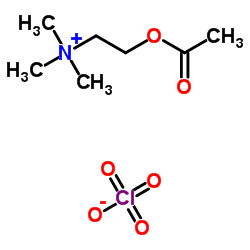 |
2-Acetoxy-N,N,N-trimethylethanaminium perchlorate
CAS:927-86-6 |
|
 |
Acetylcholine chloride
CAS:60-31-1 |
|
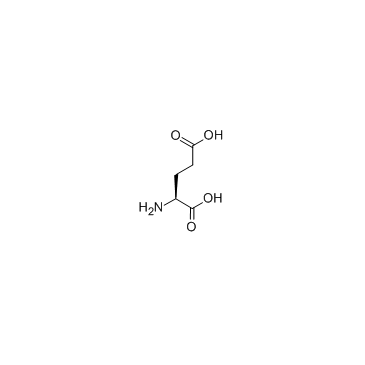 |
L-glutamic acid
CAS:56-86-0 |
|
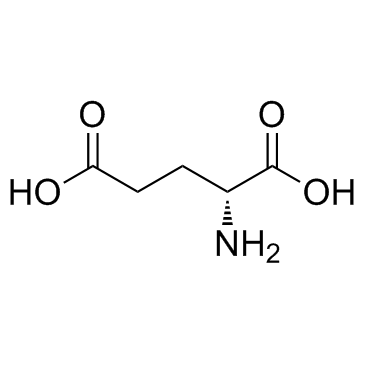 |
D(-)-Glutamic acid
CAS:6893-26-1 |
|
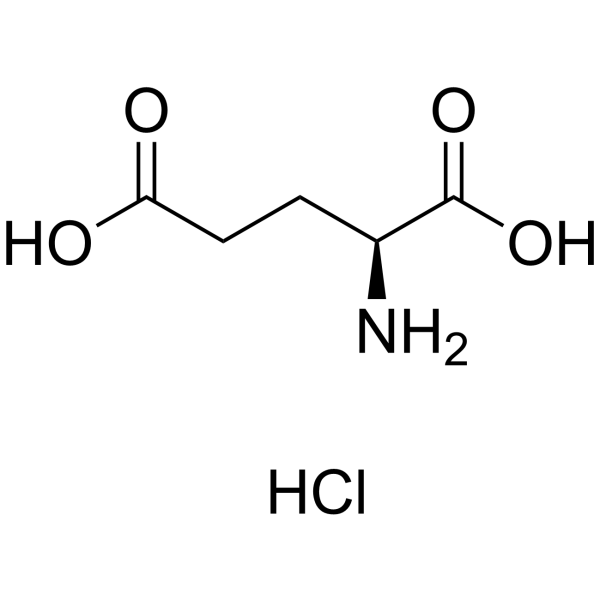 |
L-Glutamic acid:Hcl (17O4)
CAS:138-15-8 |
|
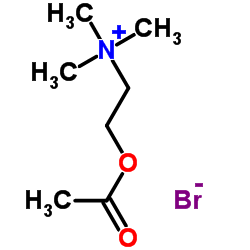 |
Acetylcholine Bromide
CAS:66-23-9 |
|
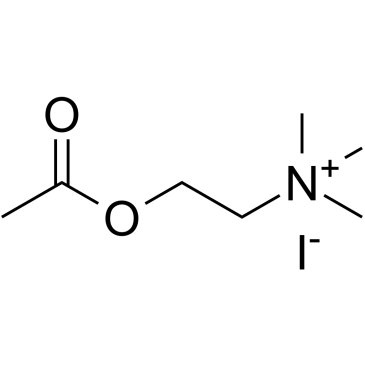 |
2-Acetoxy-N,N,N-trimethylethanaminium iodide
CAS:2260-50-6 |
|
 |
amphetamine
CAS:300-62-9 |